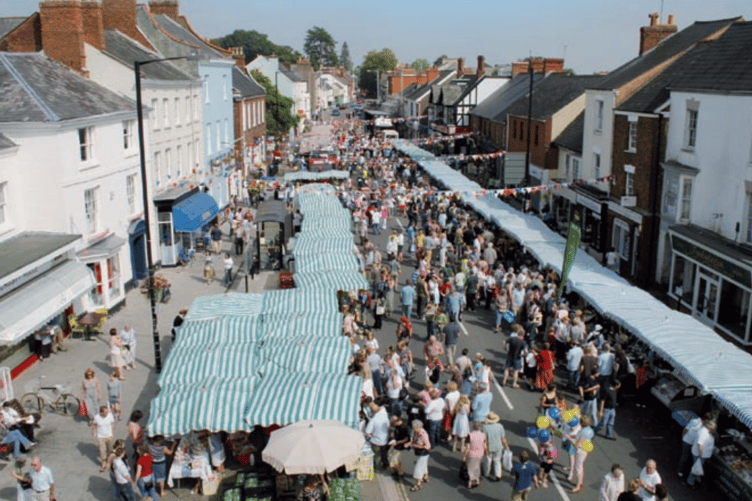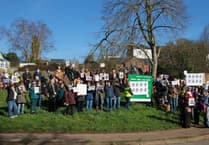An early example of local governance was the Court Leet, overseen by the Portreeve. From the 1830s to the late 19th century, Boards of Guardians were introduced, which shared responsibilities with the Court Leet. As a result of the Poor Law Act 1833, managers of the 15-parish Wellington Union Workhouse were appointed.
They also had additional responsibility for registering voters, births, marriages and deaths. 30 members were elected from the participating parishes, including some in Devon, eg Culmstock. They had no judicial responsibility. Justices of the Peace, appointed by the Lord Lieutenant of the county from the local gentry organised elements of local government, eg bridge and road maintenance, as well as delivering justice at Quarter Sessions.
Local Boards of Heath were created nationally in the mid 19th Century, their prime responsibilities being water supply and sewage disposal. As a result of cholera and typhoid epidemics, Wellington’s water and sewerage were very poor at that time. The Boards were also responsible for street lighting.
In 1888, Somerset County Council was established, followed by Wellington Urban District Council (WUDC) and Wellington Rural District Council (WRDC) in 1892. WUDC covered the town of Wellington and WRDC covered 15 parishes around Wellington. They took over the non-workhouse roles of the Board of Guardians and most roles of the Local Board and also had control of or input to planning, housing, education, parks and gardens and community centres.
Under the 1974 Local Government Reorganisation, Taunton Deane Borough Council was created, taking over from the Municipal Borough of Taunton, Taunton Rural District, WUDC and WRDC. Wellington Parish Council was also set up, taking over some of the responsibilities of the former WUDC, being initially based in Fore Street, by the entrance to North Street car park. In 1976 it renamed itself Wellington Town Council (WTC) and in 1982 moved into The Squirrel – 28 Fore Street – with its Clerk’s office and Council Chamber. Since 1993 it has also had some delegated planning authority.
The Local Government Commission for England, under John Banham, conducted a review of non-Metropolitan Counties, including Somerset, in 1993/4, concluding that the two-tier system in Somerset be replaced by West, Mid and South Somerset Councils, but this proposal was rejected. In October 2006, a Government White Paper ‘Strong and Prosperous Communities’ saw a single council for Somerset proposed by Somerset County Council, but this was rejected by the Districts.
In 2019, West Somerset and Taunton Deane Councils combined to become Somerset West and Taunton Council. In 2020, Somerset County Council published their ‘One Somerset’ proposal and in September 2020 the District Councils published their ‘Stronger Somerset’ proposal. In July 2021 the Government announced ‘One Somerset’ as the preferred model to be implemented in April 2023. In the May 2022 elections to Somerset County Council/Somerset Council, the Conservatives lost control to the Liberal Democrats.
At the local level under the new structure, Local Community Networks will be set up to promote active community decision making, scrutiny, ensure local influence over council and wider public service activity and inspire more responsibility for local place-shaping.
They would be a committee of the Council with some delegated decision powers. They will involve local voluntary and community organisations, partners and the area’s parish and town councils. They will provide a focus for local engagement with the Council and wider partner activity and develop to become the channel for local consultation and communication with other local public services, notably police and NHS. Consultation is taking place on three possible LCN structures with the final decision expected in January. Certain services could be devolved.
Dave contended that Wellington Town Council is an aspirational Council that will engage with the people it represents to reflect their views and enable a vibrant and thriving community. His final slide showed a jelly nailed to a wall! This was to show that whilst local government reorganisation is complicated, nothing is impossible if you do it the right way.





Comments
This article has no comments yet. Be the first to leave a comment.